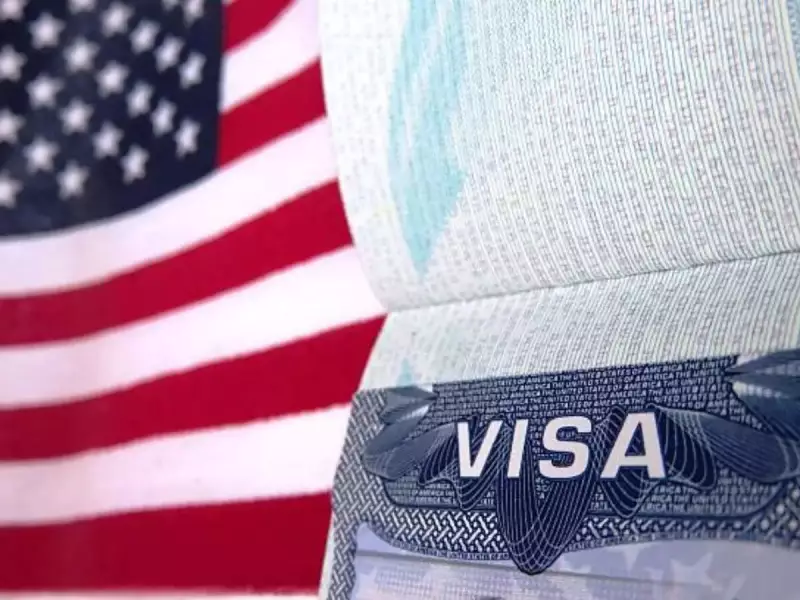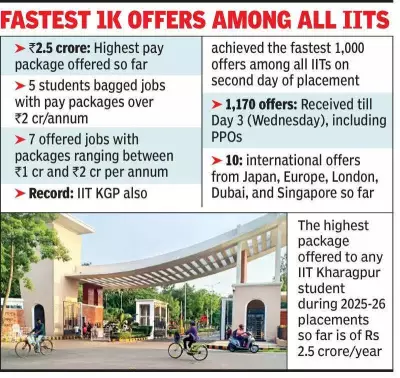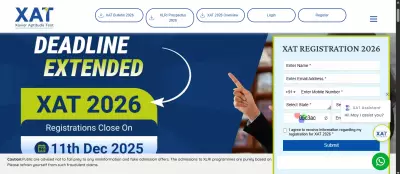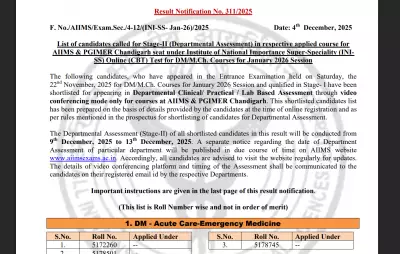
The iconic American dream is losing its sheen for thousands of Indian students. A perfect storm of bureaucratic hurdles, financial strain, and career anxieties is forcing a major rethink about pursuing higher education in the United States.
The Visa Bottleneck Tightens
One of the most significant barriers is the increasing rate of student visa rejections. Many applicants report facing intense scrutiny and what feels like arbitrary denials, often with little clarity on the reasons. This uncertainty is casting a long shadow over carefully laid academic plans.
The Soaring Price Tag of an American Degree
Beyond the visa challenges, the financial reality is biting hard. The combination of relentless tuition fee hikes and a strong US dollar has made studying in America prohibitively expensive for many middle-class Indian families. The total cost for a master's degree can now easily surpass ₹50-60 lakhs, a daunting investment without a clear return.
Post-Study Job Jitters & Safety Concerns
The anxieties don't end with admission and visa approval. Two major worries loom large for prospective students:
- The H-1B Lottery Gamble: The pathway to work in the US after graduation relies heavily on the H-1B visa lottery, which has become increasingly competitive. The prospect of investing a fortune in education, only to leave the country due to a failed lottery, is a massive deterrent.
- Safety Fears: Reports of gun violence and crime in some American cities are actively weighed by students and their parents, making them question the overall living environment.
Exploring Alternative Destinations
As a result, many students are now actively exploring other world-class education hubs. Countries like Canada, Germany, Australia, and Ireland are gaining prominence. They are often perceived as offering more welcoming immigration policies, relatively lower costs, and clearer pathways to permanent residency.
This shifting trend signals a potential brain drain away from the US, as talented Indian students—long a backbone of America's STEM workforce—begin to look elsewhere to build their futures.





